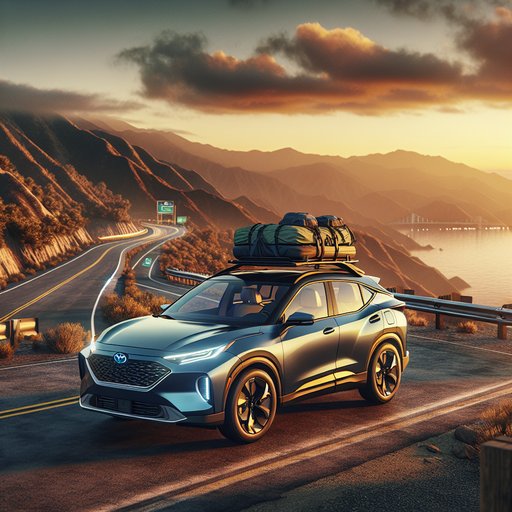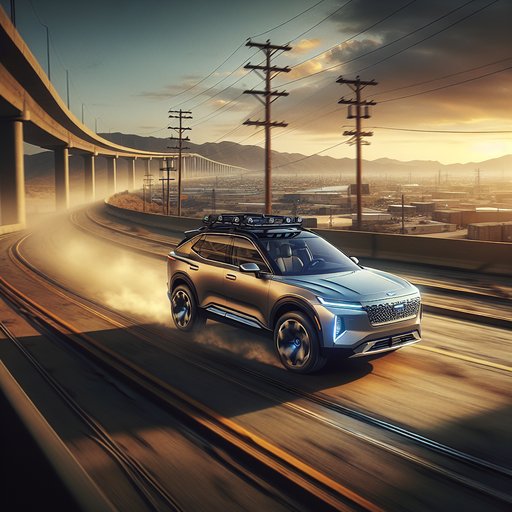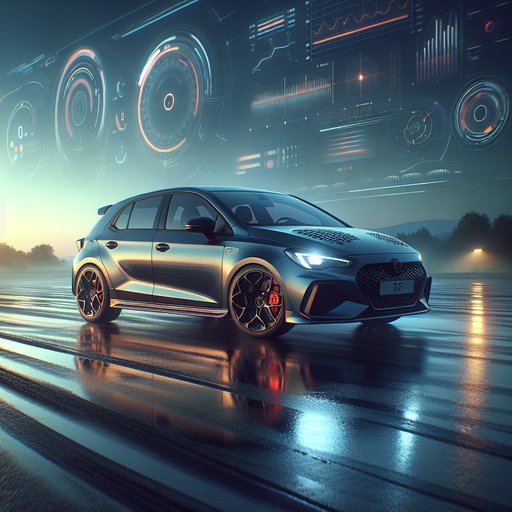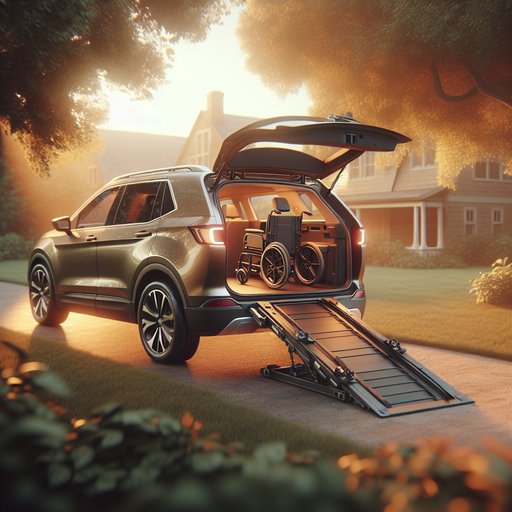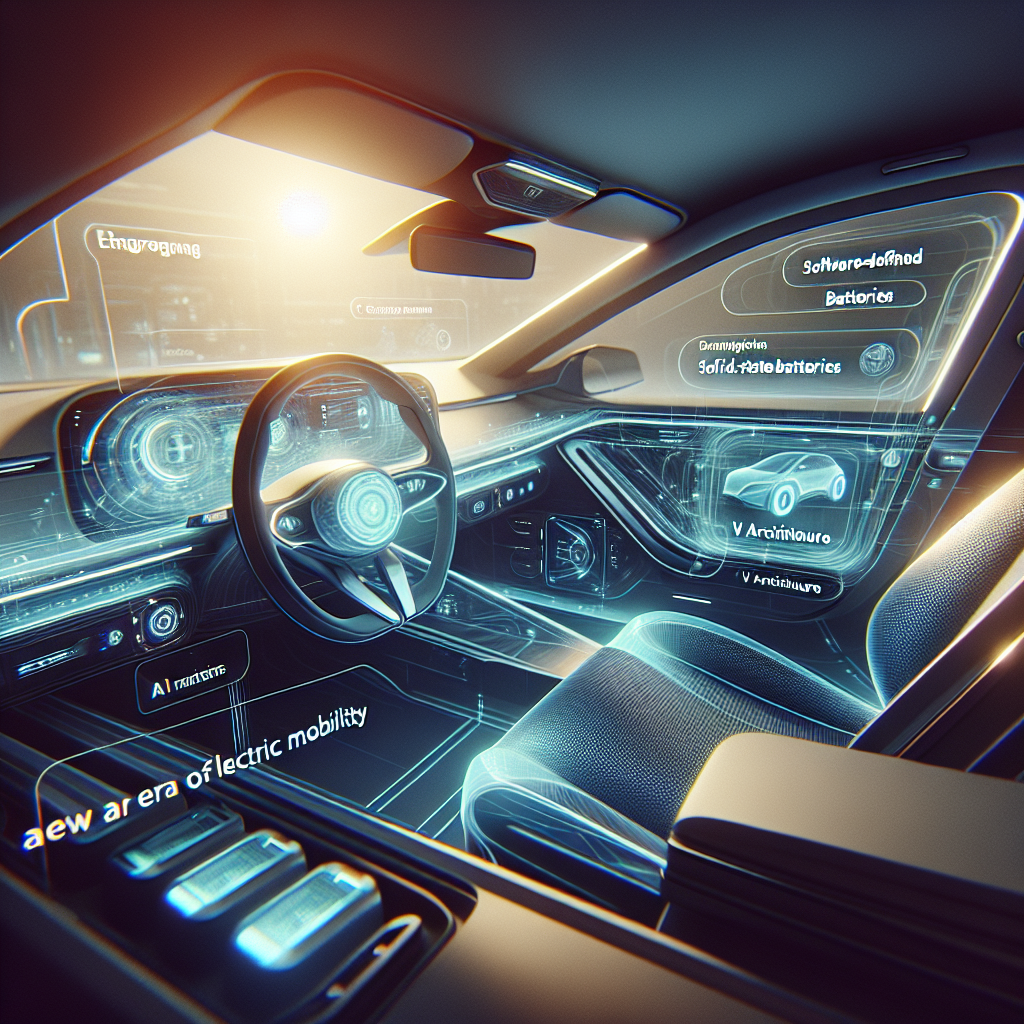
The automotive industry is witnessing a transformative moment as several major breakthroughs in electric vehicle technology emerge simultaneously. From record-breaking battery developments to advanced electric powertrains, these innovations are set to redefine what's possible in electric mobility, with some technologies ready for production as soon as next year.
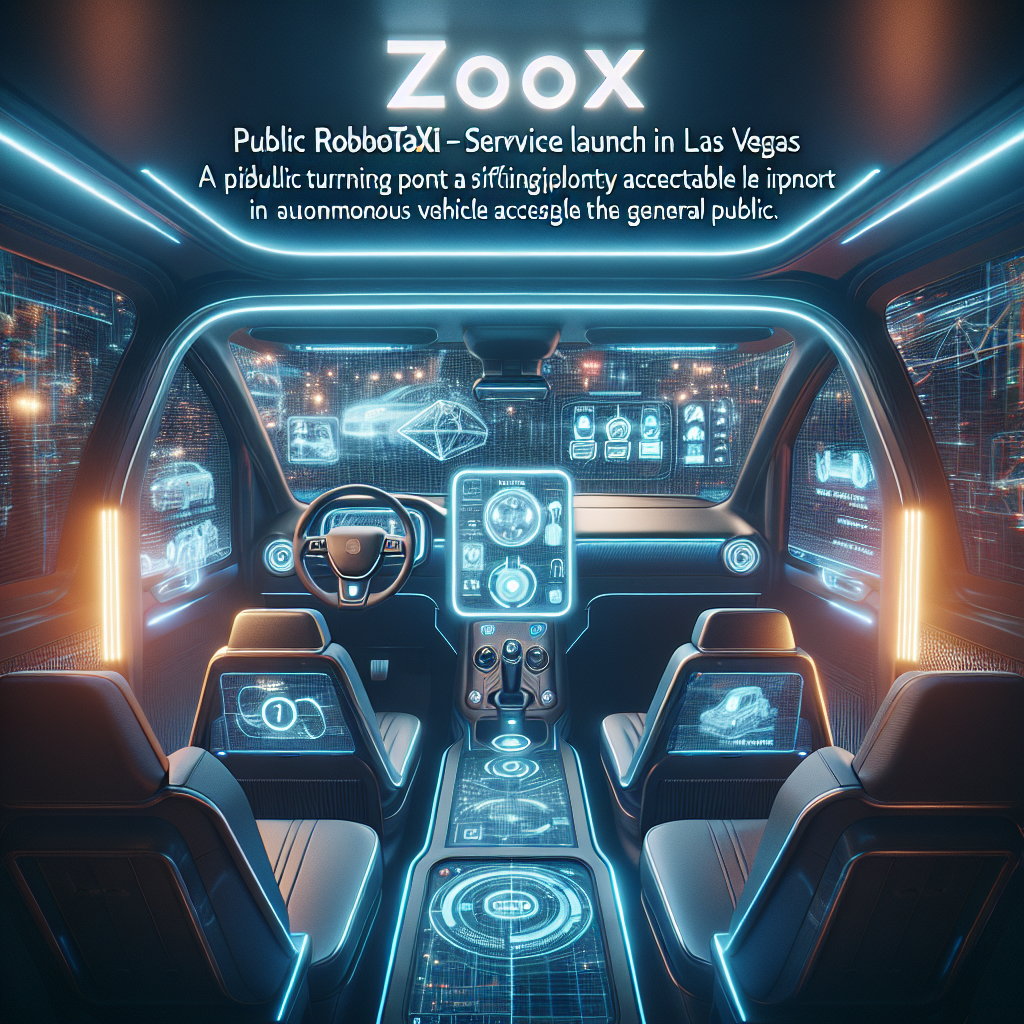
In a significant milestone for autonomous transportation, Zoox, Amazon's self-driving vehicle subsidiary, has launched its first public robotaxi service in Las Vegas. The company is now offering free rides to the general public in its purpose-built autonomous vehicles, marking a historic moment in the evolution of urban mobility [1].
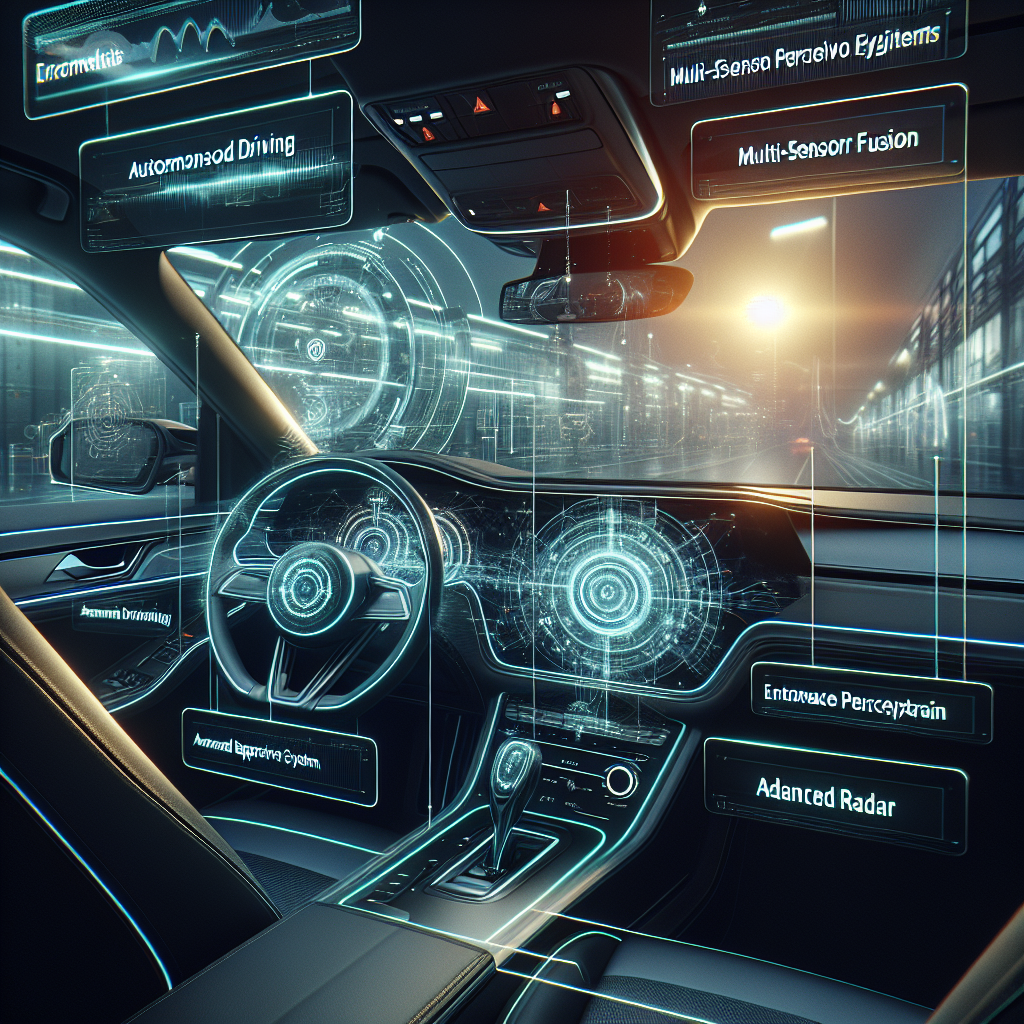
The automotive industry is witnessing significant technological advancements in vehicle autonomy and perception systems, with Skoda leading the charge through its upcoming Octavia model. The Vision O concept, which previews the next generation of the popular sedan, promises to deliver high-level autonomous functions alongside innovative powertrain options [1].
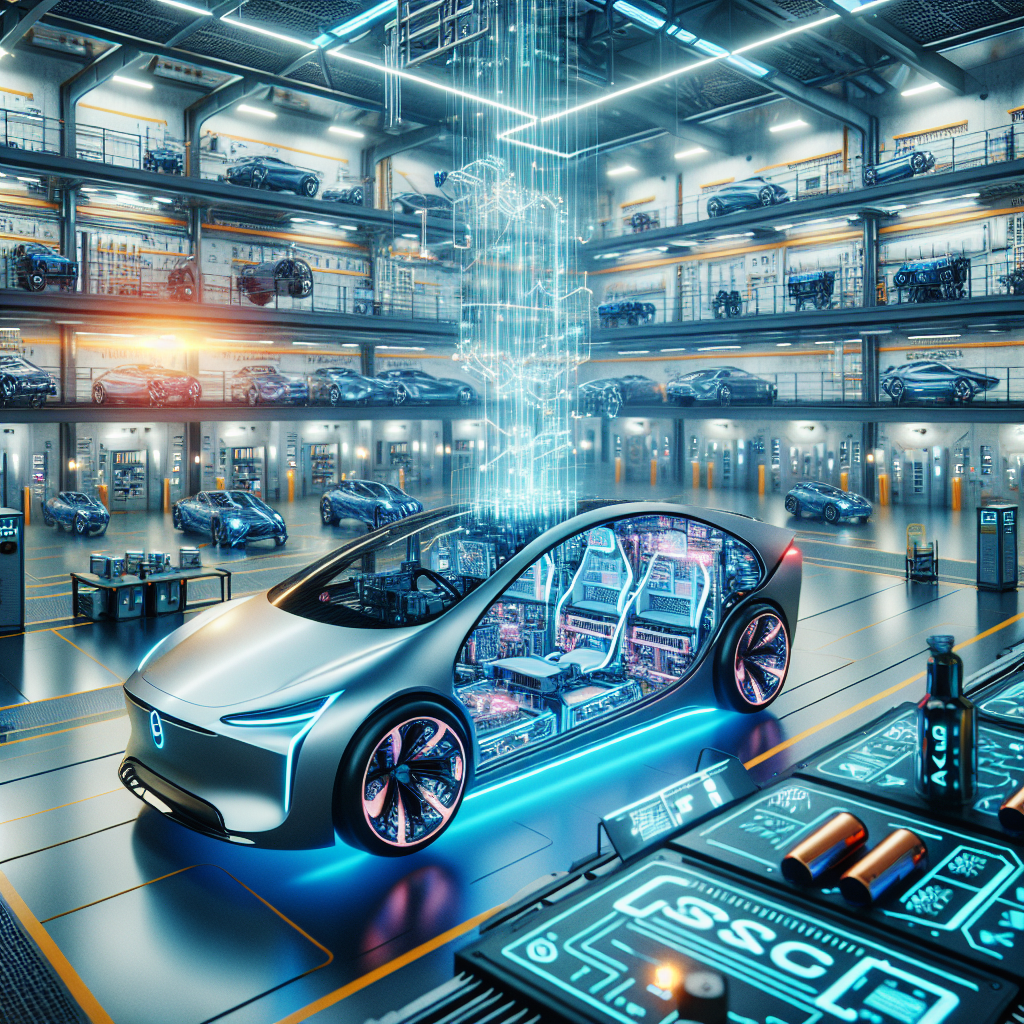
Major automotive manufacturers are making significant strides in solid-state battery technology, promising to revolutionize electric vehicle capabilities. Mercedes-Benz has achieved a remarkable milestone in real-world testing, while Volkswagen Group advances its development timeline, suggesting a transformative shift in EV technology is approaching faster than previously anticipated.
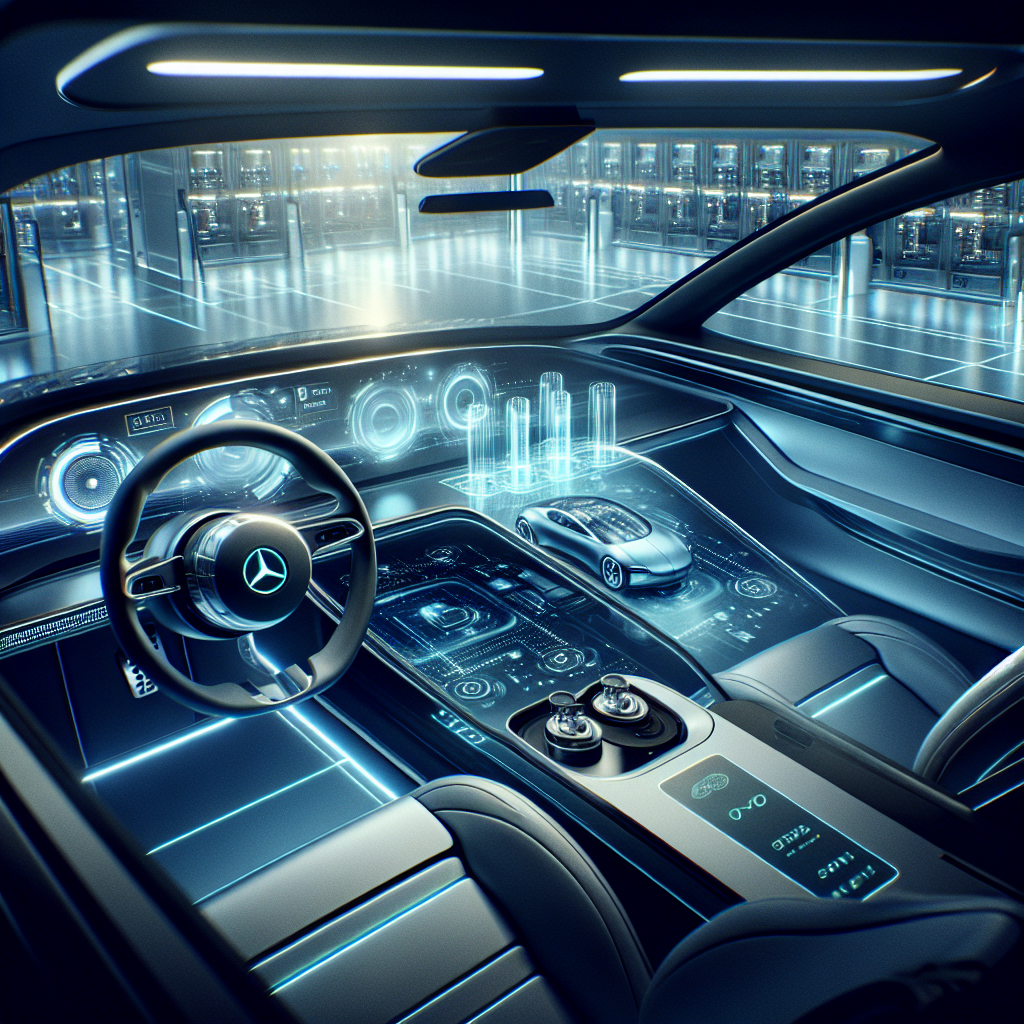
In a landmark achievement for electric vehicle technology, Mercedes-Benz has demonstrated the remarkable potential of solid-state batteries with a prototype EQS completing a 749-mile journey on a single charge [1]. The vehicle successfully traveled from Stuttgart to Malmö without requiring a recharge, showcasing a major leap forward in EV range capability that could revolutionize electric mobility.
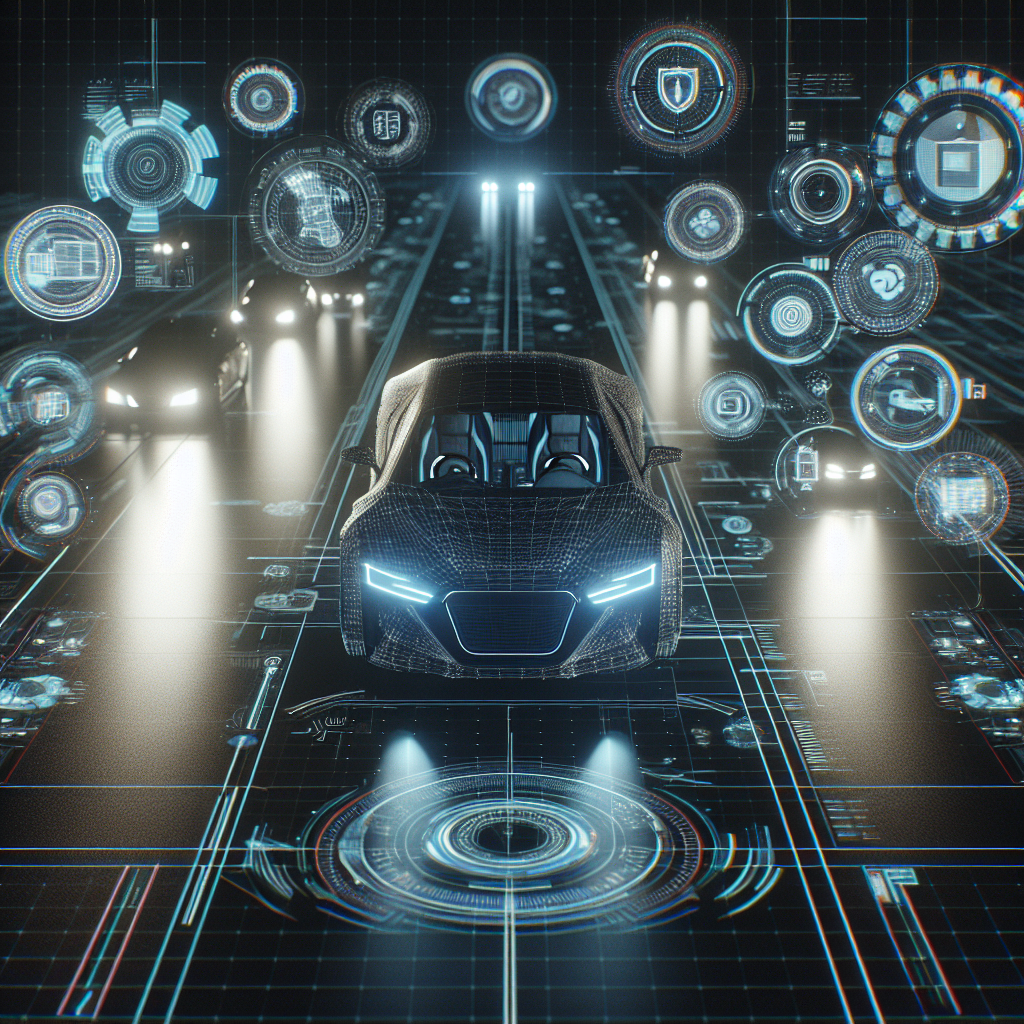
The automotive industry is facing increased scrutiny over vehicle connectivity and cybersecurity as new revelations about data collection and privacy concerns emerge. A comprehensive review of connected car technology, starting with OnStar's introduction in 1996, has revealed the extensive evolution of in-car surveillance and data collection capabilities, raising important questions about consumer privacy and security in modern vehicles [1].
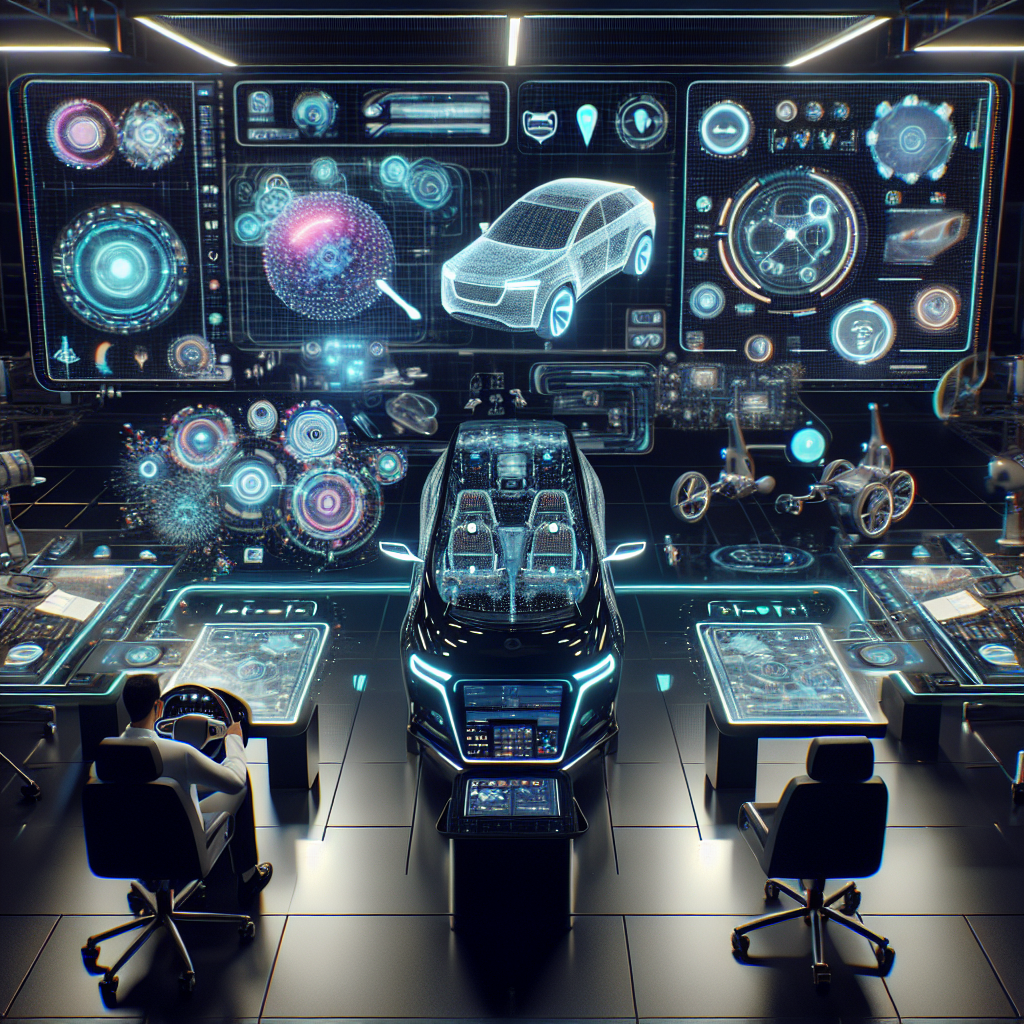
The automotive industry is witnessing a dramatic shift in how drivers interact with their vehicles, as demonstrated by recent announcements from major manufacturers. Mercedes-Benz and Skoda are leading the charge with revolutionary in-cabin technologies that promise to transform the driving experience. These developments signal a broader industry trend toward more sophisticated and immersive vehicle interfaces.
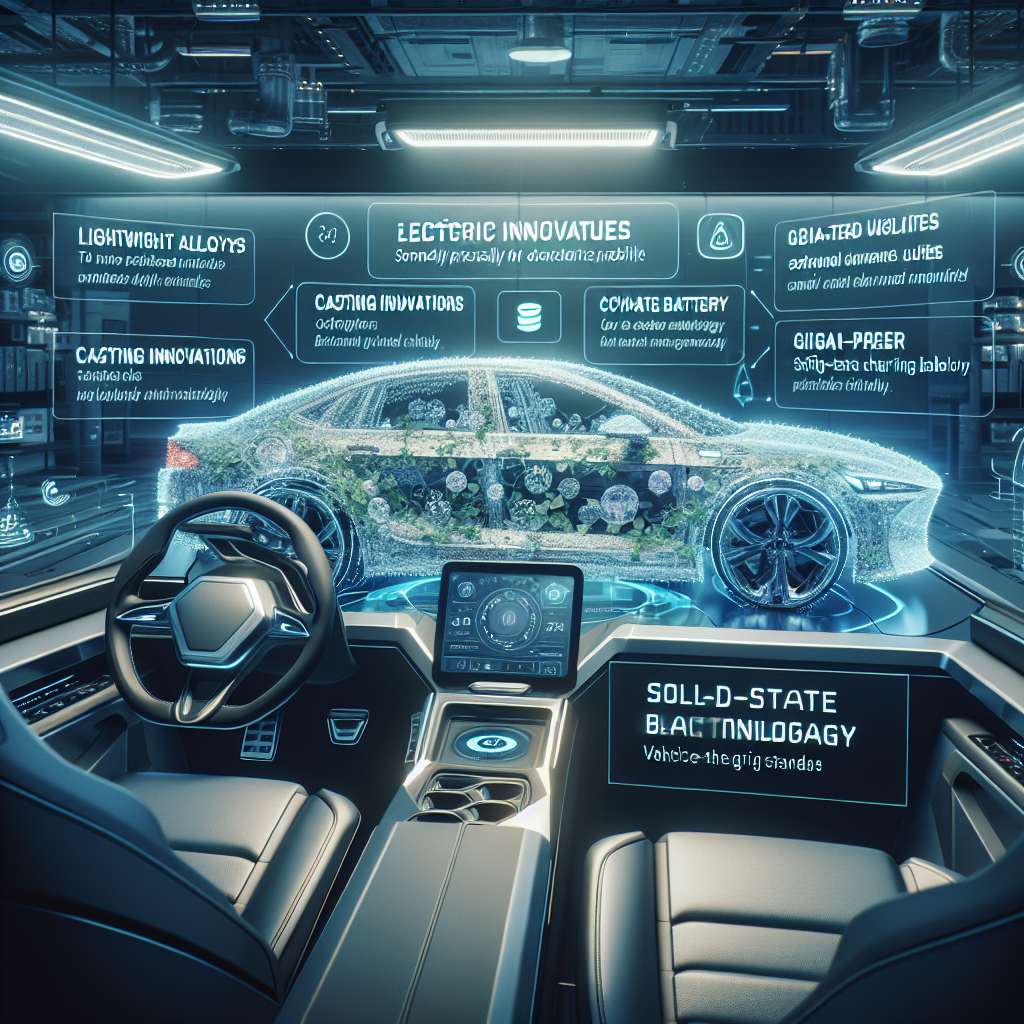
Major automakers are pushing the boundaries of electric vehicle technology with new models promising unprecedented range capabilities. Both Mercedes-Benz and Volvo are set to launch electric SUVs capable of traveling more than 435 miles on a single charge, marking a significant milestone in the industry's transition to sustainable mobility [1].
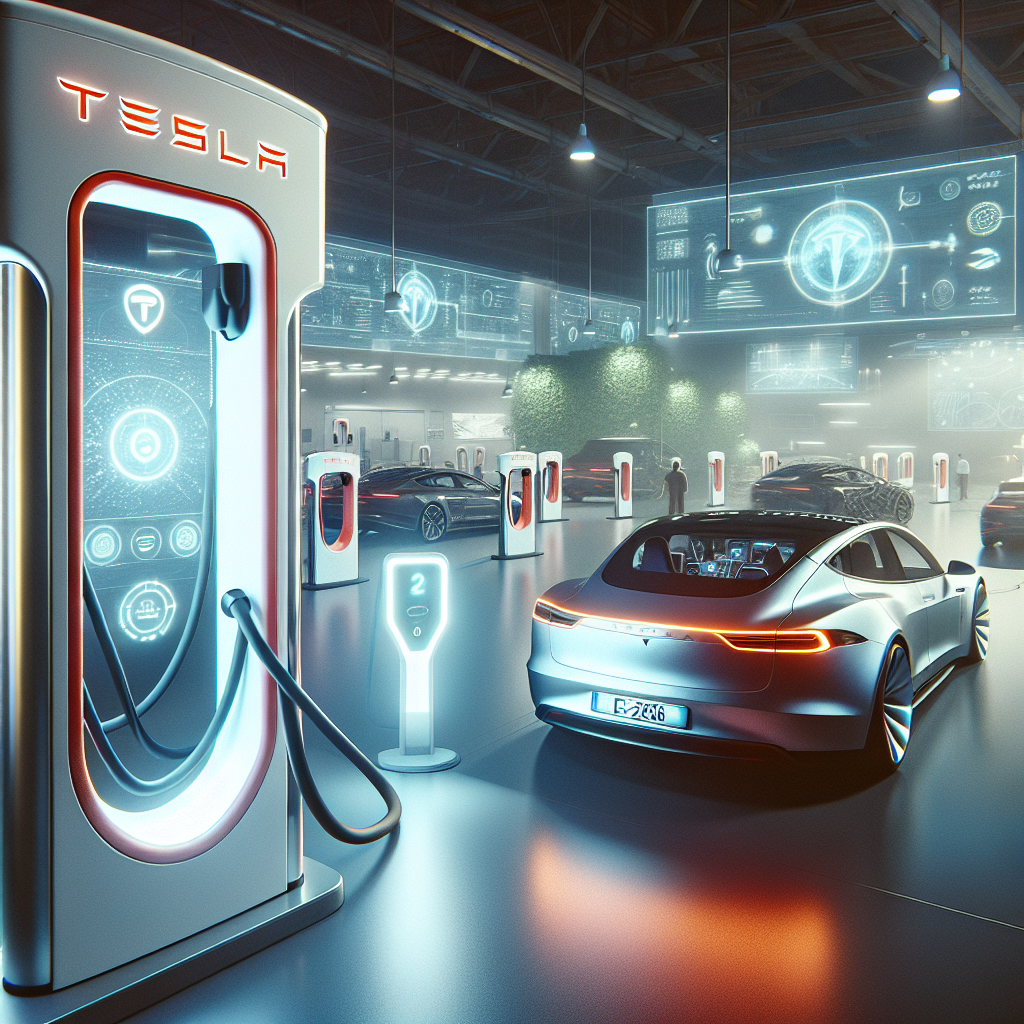
In a significant move for electric vehicle charging infrastructure, Porsche has become the latest major automaker to embrace Tesla's North American Charging Standard (NACS). The luxury carmaker announced that its electric vehicles can now access Tesla's extensive Supercharger network [1], marking another win for Tesla's charging standard as it continues to gain industry-wide adoption.
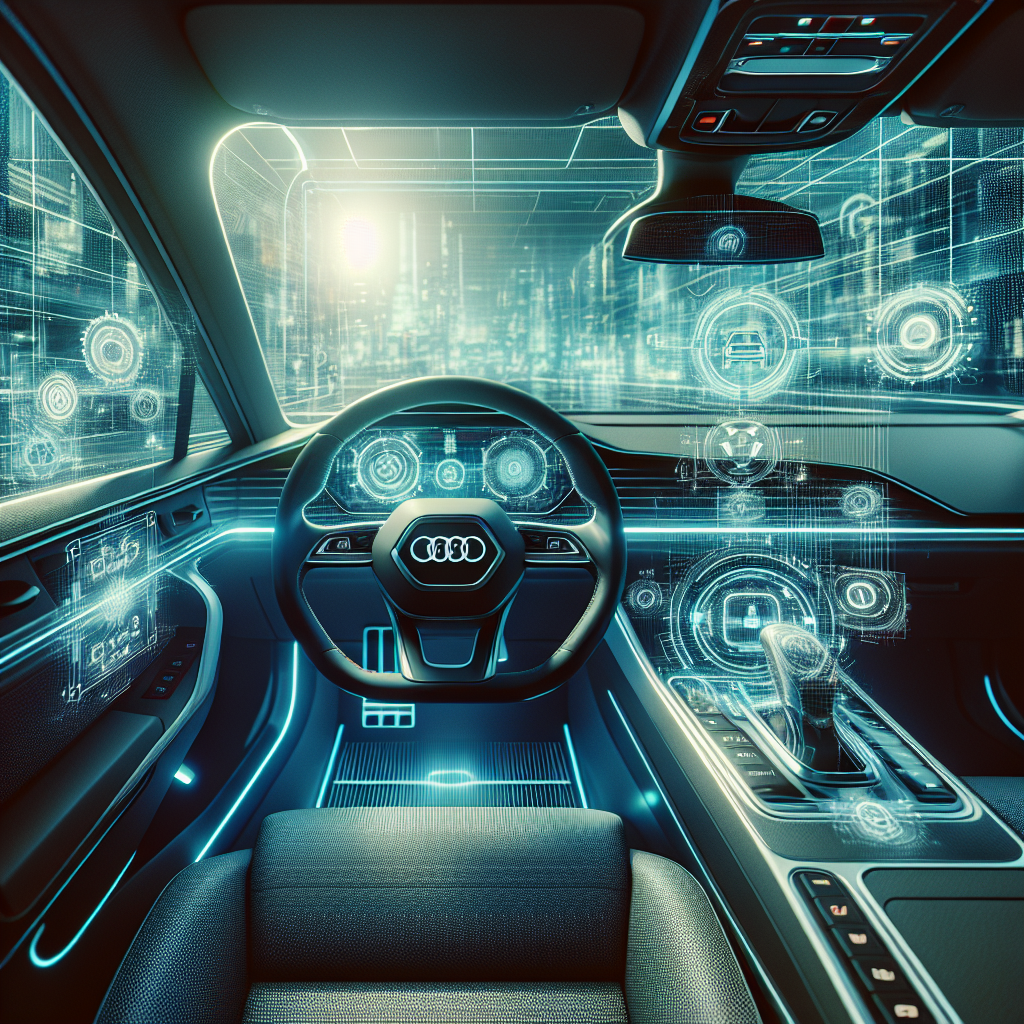
A significant software milestone emerged this week as Audi set a firm timeline to launch its first cars running Rivian’s full software stack in 2028, underscoring how core vehicle intelligence is increasingly built through high‑profile tech alliances [1]. The move follows Volkswagen Group’s $5bn investment in Rivian last year and accompanies active testing programs, with Audi mules already running in partnership with the Californian company [1]. While product specifics remain to be detailed, the announcement signals a pragmatic path for advancing the digital foundations that modern assistance features and future autonomy will rely on, blending premium hardware with a maturing, externally developed software platform [1].

